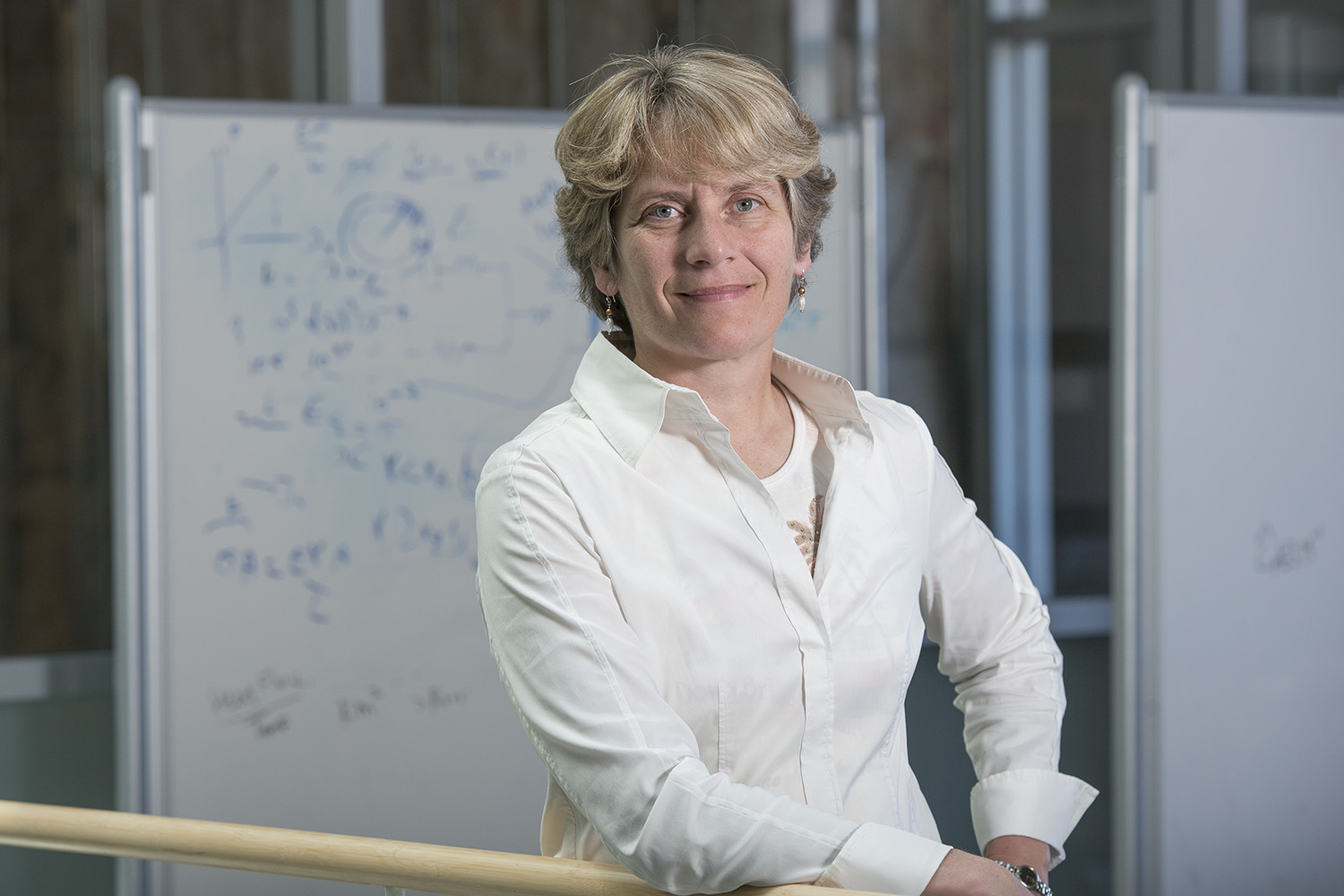
Recently, The New York Times released a powerful article that tells the stories of four different families navigating the challenges of having a family member with a rare disease. One of these stories focused on Matt Wilsey, a tech entrepreneur and investor in California’s Silicon Valley, and his daughter Grace, who was born with an extremely rare genetic disorder named NGLY1 deficiency. This genetic disorder causes developmental delay, intellectual disability, seizures, and other movement issues.

Image Credit: James Tensuan for The New York Times
Matt decided to put his entrepreneurial and networking skills to good use in order to form Grace Science Foundation, an organization whose focus is to pioneer approaches to scientific discovery in order to develop a cure for NGLY1 deficiency. One researcher that Matt brought on board was Carolyn Bertozzi, Ph.D., a chemist from Stanford University. A graduate student in her laboratory, Ian Blong, Ph.D., decided to study NGLY1 and was able to complete his dissertation while working on this topic at Stanford University.
Ian’s journey towards obtaining his Ph.D. started after being accepted into the San Francisco State University (SFSU) CIRM Bridges to Stem Cell Research Master’s Program. CIRM funding for this program allowed students like Ian to take courses at SFSU while also working in labs at world renown institutions in the Bay Area such as UCSF, Stanford, and UC Berkeley.

Image Credit: L.A. Cicero
In exploring the various options afforded to him by the CIRM, Ian found Dr. Bertozzi’s lab at UC Berkeley, where he focused on early stage discovery research. His master’s thesis project focused on how to generate rare neuronal and and neural crest cells from human embryonic stem cells (hESCs) and induced pluripotent stem cells (iPSCs). Both of these stem cell types can generate virtually any kind of cell, but iPSCs are unique in that they can be generated from the adult cells (such as skin) of a patient.
Ian decided to continue his studies in Dr. Bertozzi’s lab by continuing his research in a Ph.D. program at UC Berkeley. He credits the SFSU CIRM Bridges Program with giving him the opportunity to work under a prestigious PI and in her lab at UC Berkeley, which allowed him to continue his studies there.
“The CIRM Bridges Program gave me the confidence and resources to pursue my dreams. Being able to have the capability of going to Berkeley and do research with top tier scientists along with the support from CIRM. Without CIRM, I wouldn’t have had the courage to go to those universities to get my foot in the door.”
Eventually, Dr. Bertozzi move her operations to Stanford University and Ian continued his Ph.D. studies there. Stanford provided him the opportunity to focus more on the translational stage, which is an area of research aimed at developing a therapeutic candidate. Going into his Ph.D. work, Ian was able to build upon his previous “discovery stage” knowledge of generating neuronal and neural crest cells from iPSCS and hESCs.
An area of his work at Stanford focused on generating neural crest cells from iPSCs of those with NGLY1 deficiency. The goal was to identify a phenotype, which is an observable characteristic such as physical form. Identifying this would help better understand potential differentiation pathways that underlie NGLY1 deficiency, which could lead to the development a potential treatment for the condition.
Flash forward to present day and Ian is still using the knowledge he learned from his time in the SFSU CIRM Bridges to Stem Cell Research Program. He is currently a scientist at the healthcare company Roche, where his focus is on manufacturing future diagnostics and therapeutics on a much larger scale, a complex and extremely critical process necessary in widely distributing potential stem cell-based treatments.
Ian’s experience and opportunities provided to him is just one of the many examples of how the various CIRM Bridges Programs across California have given students the resources needed to become the next generation of scientists.
Pingback: Chemistry Nobel Prize winner Carolyn Bertozzi had a hand in early stem cell research | The Stem Cellar